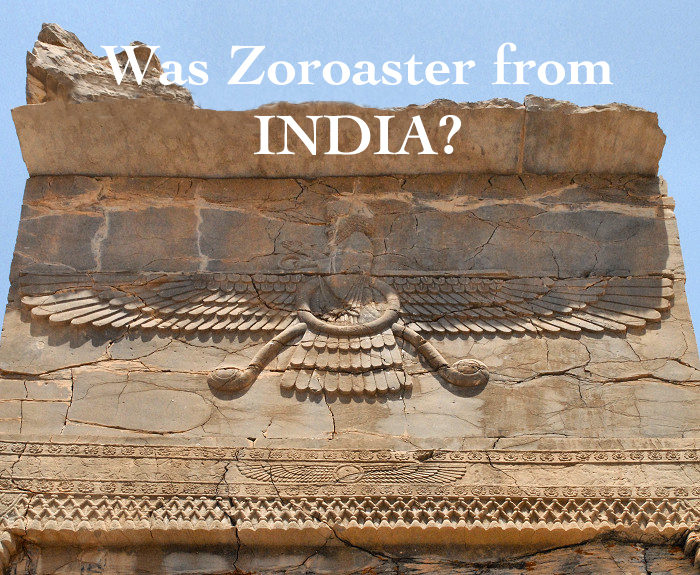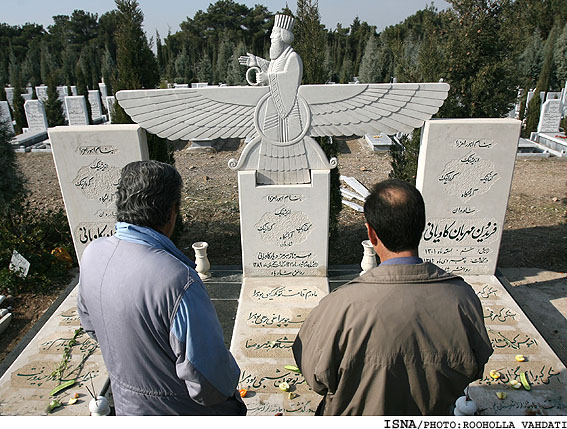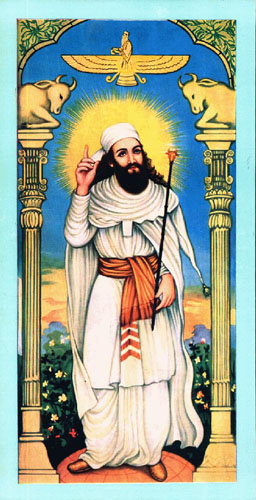
Top 11 Viewzone Stories
2012: Doomsday Facts
Dan Eden investigates the hard science behind the real doomsday events.
The Last Doomsday
A scientific look at the last human extinction event 14500 years ago. Will it happen again?
Left Brain:Right Brain
We have two brains that don't always argee and sometimes fight for control. Can facial features shed light on which brain controls our thoughts? Great article by Dan Eden with photographic analysis of many popular figures.
The Color Preference Personality Test
Select your favorite colors and see what this on-line test reveals. Requires JavaScript.
We're Not From Here!
Recent evidence suggests that we are not part of the Milky Way but a dwarf galaxy being assimilated.
Smallpox: The Weapon
A review of what we know about this deadly virus. Is it gone? Really?
How to read eyes!
What do professional interrogators look for to see if you are telling a lie? Can anyone do this?
Decorating with Feng Shui
Nancy Uon gently introduces you to the basics and shows how to best arrange your living space.
Handwriting Analysis
What can be learned about you through your handwriting. Some famous mysteries are described and lessons are given.
Money: what is it?
This Dan Eden article starts with the history of money and describes the current economics that have resulted in the rapidly declining US Dollar.
The Philadelphia Experiment
Did the US Navy succeed in making the US Liberty invisible?
 A new theory that Zoroaster came from India
by Prithvi Raj
Indians (Indus valley residents) and Iranians (Mesopotamians) shared a common religious past, which led historians to sometimes even term the common ancestral religion as Proto-Indo-Iranian religion. Have we ever understood the implications of this common religious past of the two communities on the historical studies of the two regions? Let us a dig a little into their religious legends and see what they have to offer.
Zoroastrianism was the most prominent religion of Mesopotamia. What are their beliefs? Firstly, that their God is Ahur Mazda. Secondly, they believe in a certain powerful satanic spirit called Ahriman. And their scriptures talk about two types of people -- Yazats and Devas. Devas are symbolic of the evil spirit, an embodiment of all that should not be. Even now, when people of the Mesopotamian region talk about Devas, they talk about them with disgust -- that is the kind of hatred that the Devas have generated. And most importantly, they are led by the demonic evil spirit called Ahriman. On the other hand, Yazats are the followers of the Supreme God Ahur Mazda. They are the righteous people, an embodiment of everything that should be correct.
Now let us come to the subject of Rig Veda and the scriptures of Hindus in general, of the Indus Valley. There are two types of people -- Devas and Asurs. Devas are the righteous people; they are an embodiment of all that should be right; they rule the heaven and earth and maintain peace and righteousness all over. Their God is Brahman, the Supreme Being, who has created everything in the universe. And there are the Asurs, who are evil beings. These Asurs are an embodiment of all that is wrong, an embodiment of all that should not be. They are led by their evil guru/teacher Shukra.
Do you see anything that relates the two beliefs? In today’s geographical terms, these are two communities of people who lived on either side of the current day Afghanistan. We have the community on the west side of Afghanistan call the evil spirit as Ahriman, and we have the community on the east side of Afghanistan call their God as Brahman. Do you get a feeling, or sense something fishy here? Yes, both are the same: Ahriman is the same as the Brahman. The god of the Vedic people is the evil spirit of the Zoroastrians! The name of Brahman got morphed slightly after it traveled over to the Mesopotamian region, and it became Ahriman.
The evil spirits feared by the community on the west side of Afghanistan are Devas. And the good-natured gods of the Vedas on the east side of Afghanistan are also Devas. Both are the same. Zoroastrians hated the Devas of the Vedic people!
The god of the people on the left side of Afghanistan is Ahur Mazda. And the good people who follow Ahur Mazda are called Yazats. The evil spirits feared by the Vedic community on the east side of Afghanistan are called Asurs. We can easily see that the name of Asur has been given to the followers of Ahur Mazda. In the later literature, these are called Rakshas -- a phonetic similarity with Yazats can be noticed. Zoroaster is the Persian name for the prophet. The Greek name for him is Zarathushtra. Phonetically, this ties in with the name associated by the Vedic people to the guru (teacher) of the Asurs -- Shukra! And the usage of these terminologies survives to the current day, even after eons, across the scores of languages of India. Killing a demon or evil person is called Asur Vadha in Indian languages; and an extremely evil deed is even today called Rakshasic.
What is the source of hatred for each other? Why did they fight each other so much?
The scriptures of both the communities once again provide the answer.
Indian scriptures tell us that their civilization was made up of two types of beings -- Devas and Asurs -- born of the same parent. Devas, being virtuous, were the toast of all and were bestowed with most of the important and responsible posts of the world by God, while Asurs were deemed incapable and got the raw deal. Asurs were miffed by this and were led away to a far off existence of their own, in defiance of the divine ordinance. Once in a while, they waged wars with Devas to reclaim their motherland. This description of the sequence of events tallies with the legends and scriptures of Mesopotamia. As per Mesopotamian legends, they were once the servants of Gods. They revolted against the Gods and Gods found them difficult to handle, which forced Gods to expel or let the Mesopotamians go to a far off existence. That is how Mesopotamians came into existence. This description of events tallies with other legends of Mesopotamia as well, like the Zurvan tales. All the legends of both the regions tally with each other.
India was the original homeland to the two communities -- a group of people called Devas and to Mesopotamians (then called Asurs). Both of them lived together in India in what is termed today as Indus Valley (present day Pakistan and north-west India). In the ensuing economic and civilizational progress, Devas got most of the pie, while Asurs felt left out. Their leader Zoroaster revolted against the Devas. He even felt that all this raw deal to his people was being meted out in the name of religious practices, which were being misused to subdue his people. So he rejected the religion of the Devas as well. He felt the necessity to unify his people under a new religious setup; and thus was born the religion of Zoroastrianism. Historians are to this day confused on why Devas and Ahriman, who were once worshipped and held in high esteem, were suddenly shunned as evil beings by later day Mesopotamians. Here is a Wikipedia extract regarding the confusion.
"While it is likely that the daevas (Devas) were once the 'national' gods of pre-Zoroastrian Iran, there is 'no known Iranian dialect attests clearly and certainly the survival of a positive sense for [Old Iranian] daiva (Deva).' This 'fundamental fact of Iranian linguistics' is 'impossible' to reconcile with the testimony of the Gathas, where the daevas, though rejected, were still evidently gods that continued to have a following."
"This essential contradiction has yet to be conclusively explained. Given the fragmentary and discontinuous information in the sources, it is an extremely difficult issue. In general, 'rejection of the [daevas] is linked to Zoroaster's reform' and Gershevitch and others following Lommel consider the progression from 'national' gods to demons to be attributable to the 'genius of Zoroaster."
Historians and theologians are still so confused even today because they have still not understood the events that led to the birth of Zoroastrianism. Zoroastrianism was born as a revolt against the religious setup in India. The mount on which Zoroaster received divine revelation was in India. He formed a new religion and called his God Asur Mazda, meaning God of Asurs (this later got morphed to Ahur Mazda). He rejected the religion of Devas, and termed their god as evil spirit, whose worshippers would go to hell. This new religion was repellant to Devas, who then expelled the Zoroastrians. Having been expelled, Zoroaster led his people to the nearby Mesopotamia, and thus came into existence the civilization of Mesopotamia.
Shukra, the evil Asur Guru, derided even today in an extraordinarily large body of religious legends in the nook and corner of India, is none other than Zoroaster aka Zarathushtra of Mesopotamia. And Zoroaster was born in India, not in Mesopotamia.
Source: Excerpts from Prithviraj R's book on history -- "19000 Years of World History: The Story of Religion" -- a revolutionary and meticulous reconstruction of 19,000 years of world history, based on the historical aspects and legends of the major religions of the world. The book contains a more detailed study of the events that led up to the birth of Zoroastrianism and Mesopotamian civilization.
Prithvi's blog: http://19000years.blogspot.com.
Reader's Comments:
|


 What we clearly see here is the presence of the two communities on either side of the present day Afghanistan, separated by a few hundred miles. They were battling each other for a long time; the exact duration of their fights cannot be definitely attested to. But the kind of feelings that they generated against each other certainly points to the possibility that they were each other's antagonists for hundreds of years or probably even thousands of years, on a sporadic basis, as attested by the huge amount of literature dedicated to the battles between the communities in their respective scriptures. They were battling each other for survival, each fearing that a loss would decimate their culture and everything else with it.
What we clearly see here is the presence of the two communities on either side of the present day Afghanistan, separated by a few hundred miles. They were battling each other for a long time; the exact duration of their fights cannot be definitely attested to. But the kind of feelings that they generated against each other certainly points to the possibility that they were each other's antagonists for hundreds of years or probably even thousands of years, on a sporadic basis, as attested by the huge amount of literature dedicated to the battles between the communities in their respective scriptures. They were battling each other for survival, each fearing that a loss would decimate their culture and everything else with it.